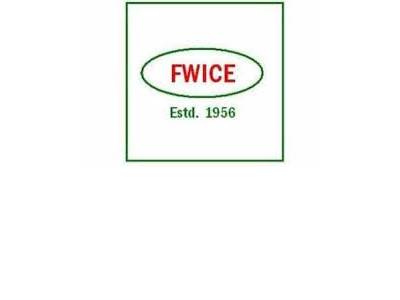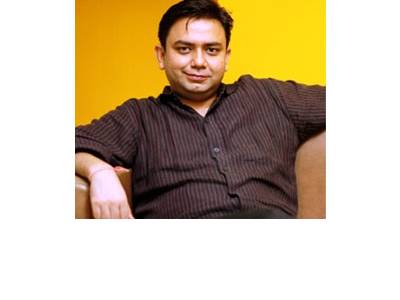F&A | Are GECs loosing urban audience?
Then came the unforgettable epic sagas to Ramayan and Mahabharat, which took the nation by storm.
Cut two!
Balaji Televsion starts a progamme called Kyun Ki Saas Bhi Kabhi Bahu Thi and it changed the entire scenario.
One could see all the upper middle class families featuring in soap sagas and somehow the audience started feeling out of place.
True that post Kyun KI and Kahani Ghar Ghar ki most of the mother-in-laws wanted a Tulsi or a Parvati as their perspective bahus, but somehow one couldn't really relate to the shows. TRPs however tell other story. Kyun Ki dominated the television screen for ages but most of these serials were intertwined into the positivity and negativity debate of women characters.
But now that there is an overflow of such serials and characters, channels these days are looking for something extra, which would act as a taadka.
Enter rural India.
The rural market actually offers quite a lot to these channels as they are virtually unexplored or neglected. If the channel explosion was Level 1 in terms of changing the media landscape, the rural market penetration is Level 2.
And the emergence of DTH has been the catalyst to this.
So gone are the days when all the soaps are all about upper middle class living in Metros. It would be safe to say that rural India has taken the small screen by storm with programmes set in villages and small towns.
Serials like Balika Vadhu, Na Ana Is Des Laado have created an impact and the small towns are slowly waking up to stardom.
With DTH, the reach too has increased and people are no longer dependent on DD to show these rural shows.
But like they say, anything that you do shouldn't be over the top. When the "K' soaps were at the peak, every serial had parallel shows running on similar themes. The current wave too seems to be on the same way.
There are too many shows running with similar themes on one channel or the other, thereby losing the sanctity of the show.
With more and more shows turning to rural areas, the urban audience seems to be out of place.
So that brings to our debatable question of the week....is Indian television losing its urban audience?
FOR: Venita Coelho, author Soap! ' Writing and Surviving Television in India
Coelho says that the area of growth in in the rural market and that's where the audience is coming in. "If you will look at the existing new shows that have been launched, you will see that they all have a strong rural base which makes it obvious that the channels are now targeting that aspect," says Coelho.
Coelho backs her claims with her years of experience with television industry.
"My arguments are based purely on the trend that was happening, while I was on the channel and purely on that basis, the way the content is structured now, it has an overwhelming amount of rural hero/heroine," she says.
Coelho feels that despite the reach of DTH, it will take time for the channels to win back the urban audience. "I think eventually but it will take a very long time. We can only start doing designer programming only if the numbers are there. Also you have to convince advertisers that you have got such a big audience. It will happen but I don't think it will happen in the next two to three years," she explains.
Coelho is of the view that rural programmes are doing well because people can relate to that particular region.
"Television draws people because of identification, so you provisioning for those kinds of heroes and you are looking for identification from that kind of audience and I think you will get it. Especially with stories of making good, small town rural girl, coming to town but still holding on to her values which are the stories that are now repeatedly being told. So yes you will definitely get an audience for this," Coelho explains.
AGAINST: Saurabh Tiwari, Head of Programming Fiction pictures, Imagine TV
Meanwhile Saurabh Tiwari feels otherwise
Tiwari feels that the channels suit both rural and urban set up. "It doesn't matter whether it is urban or rural set up, because the human emotions and content works. Shows like Balika Vadu are not only popular in rural areas but people in Metros like Mumbai and Delhi also watches the show and like it," says Tiwari.
Tiwari feels that the market for rural set is growing and hence the chance. "A market like UP contributes to about 13 per cent 14 per cent, which is huge. Now if you add MP, Rajasthan and Punjab, the total adds up to 35 per cent to 40 per cent. The kind of lifestyle the people have in these states are very different from a metro city lifestyle," he explains.
Tiwari feels despite DTH, the rural set up will rule the Indian television in the future. "DTH provides you with a variety of channels. But I think the audience based in rural towns will rule the Indian television in the larger perspective," says Tiwari.
"Television is reaching to small towns. Audience in those places are more loyal than audience in the cities. This is one big reason why one promotes aggressively in these markets," he adds.
Though most of the serials are catering to a specific community, Tiwari feels it's the storyboard that's pulling the crowd to these programmes. "A show will work universally only if the emotional quotient is there. In a larger perspective there is nothing to do with the region, though however the people in the region will have their respective biasness to it. But only on that biasness doesn't make a show. There has to be a good story line," he says.
The debate will go on so long as channels and programmes last. In the end it's the individual, who have to decide what they are comfortable watching. So take your pick!

















Share
Facebook
YouTube
Tweet
Twitter
LinkedIn